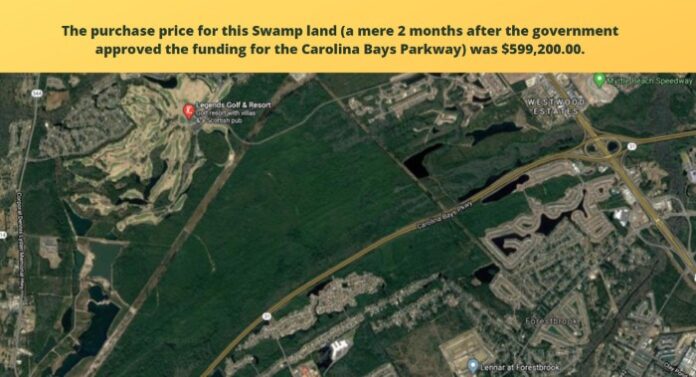Yesterday, we reported on the connection between Mark Lazarus (former Horry County Council Chairman) and William H. Goodwin, Jr.
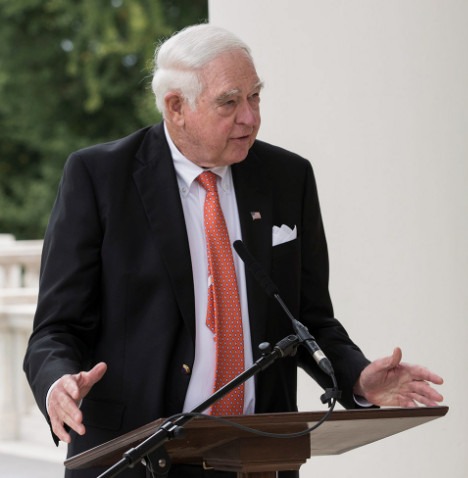
VA. Billionaire Businessman has ties to Politicians, Government, Higher Education, and Business.
RIDE 1, RIDE 2, and RIDE 3 are commonly known road taxes in Horry County. RIDE is an acronym that stands for Ride Improvement & Development Effort.
More recently, November 8, 2016, Horry County voters, by a 69.1 to 30.9 percent margin, supported a One-Cent Capital Projects Sales Tax for roads. This tax went into effect on May 1, 2017, and will expire on April 30, 2025.
As Charleston’s POST AND COURIER reported yesterday: The city of Myrtle Beach and Horry County are trying to find middle ground on the future of a 1.5 percent fee on hotels and lodging in all parts of the county. More than $40 million in revenue and the future of the area’s first interstate (I-73) could be on the line.
A mediated settlement, of a lawsuit filed by the City of Myrtle Beach, is expected next week with both sides coming out smiling.
I-73 is a foundational piece in the big flip. Evidence will show that Riverstone Properties and William Goodwin Jr have been foundational pieces as well.
FOR A BIG FLIP TO HAPPEN
For a big flip to happen, an area needs:
- Motivated sellers – Myrtle Beach City Manager John Pedersen and the DRC in Myrtle Beach have been working to “motivate” small business owners to sell for many years. What Pedersen could not do, the Coronavirus may. Local businesses tell us they were down 52% summer 2020.
- A buyer with deep pockets of cash… meet our friend Mr. Goodwin.
- A decades long careful plan, meticulously sculpted over time.
Today we give you the history and discuss the genesis of these purchases.
OUR SOURCE WRITES:
PART 2 – Nothing But the Facts
This is pulled from Wikipedia.
The stuff in bold is my doing to accentuate the important names and dates.
South Carolina Highway 31
The road that would eventually become Carolina Bays Parkway was planned as early as 1989 by then-U.S. Representative Robin Tallon.
The following year, the Carolina Bays Parkway Task Force was established to help develop a plan for how the road would be built. The 1991 Intermodal Surface Transportation Efficiency Act was passed to allow the road to receive $9.6 million in federal funding as part of Corridor 5.
In March 1996, voters in Horry County defeated a measure that would have levied a 1 percent sales tax countywide to pay for future road infrastructure in the Myrtle Beach area, including what would be a bypass to alleviate traffic problems in Myrtle Beach and the future Carolina Forest development. South Carolina Governor David Beasley created a local task force in May 1996 to determine short-term and long-term goals for the greater Grand Strand. The concept that came out of the rejection of the sales tax increase would be called “Plan B.” The commission set up became what is currently known as the Road Improvement and Development Effort, or RIDE, headed by Gary Loftus, a former highway commissioner.
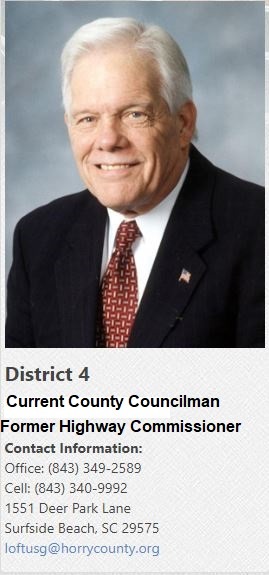
When the Carolina Bays Parkway Task Force finished up its proposals on September 11, 1996, it asked for South Carolina to pay for $20 million per year in RIDE road projects and $15 million per year from the 1.5 percent proposed hospitality tax. The northern third of the parkway would
be funded in a larger $550 million program. The following month, (October 1996) Horry County Council approved the hospitality tax for “Plan B” in an 8–3 vote.
Interstate-73
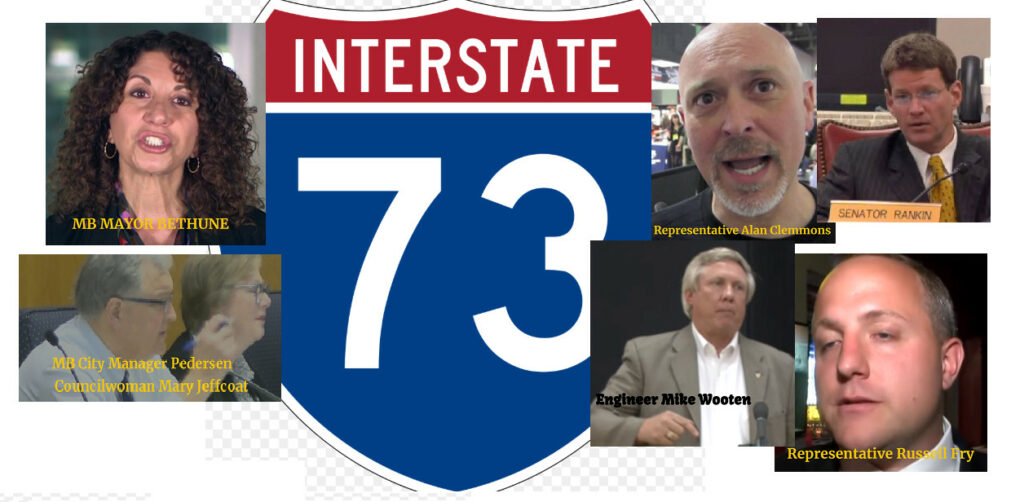
Authorized by the Intermodal Surface Transportation Efficiency Act of 1991 (ISTEA), Interstate 73 was originally established as a north-south high priority corridor from Charleston, South Carolina to Detroit, Michigan.
In 1993, the proposed route through South Carolina followed US 1 and US 52 to Florence, with 73 miles of new road in Marion and Horry Counties, and following US 17 from North Myrtle Beach to Charleston.
When I-73 crossed a border between two states, the federal law authorizing the road required that the two states agree that their sections meet. Originally, both Carolinas selected a route running south from Rockingham, North Carolina. However, North Carolina had more money to spend on roads, and on May 10, 1995, the U.S. Senate Environment and Public Works Committee approved North Carolina’s plan for I-73 to run eastward to the coast and enter South Carolina at North Myrtle Beach.
Later that year, officials in both states agreed that I-73 would enter South Carolina south of Rockingham and that the other highway would be I-74. This raised the possibility of I-73 bypassing the Myrtle Beach area entirely, since I-74 would run to the Myrtle Beach area.
In May 1997, signs went up declaring the “Future Corridor” in Bennettsville, Marion, Conway and Charleston. At this point, the highway was expected to run 122 miles, 67 of which were already four lanes. The route included US 1, SC 9, SC 38 and US 501, with a planned Conway bypass connecting to US 701, along which the highway would connect with US 17 on the way to Charleston.
At one point South Carolina intended to have stop lights and driveways on I-73, but the National Highway System Designation Act, passed in 1995, required I-73 to be built to interstate standards. Residents of McClellanville on US 17 protested, and alternative routes would bypass Georgetown, leading to the possibility of Myrtle Beach also being bypassed. People in Georgetown, wanting the highway to serve their port, asked that I-73 end in their community, but federal law still said Charleston would be the terminus.
In 1998, Rep. Mark Sanford introduced an amendment to the Transportation Equity Act for the 21st Century (TEA-21) that changed the southern terminus of I-73 to Georgetown. However, the section between Myrtle Beach and Georgetown would not be part of I-73; instead, it would be a “high-priority corridor” along US 701.
That same year, the SCDOT Commission endorsed a plan that would link Interstate 73 from Georgetown through Conway, Marion, Bennettsville, and Wallace, to the North Carolina state line. In February, 2002, the South Carolina government changed the southern terminus from Georgetown to Briarcliffe Acres (the eastern terminus of SC 22).
In 2003, SCDOT went through a series of public meetings and came up with five routes:
- New construction parallel to SC 9.
- Convert SC 22 and create new construction parallel north of US 501 and SC 38.
- Convert SC 22, US 501 and SC 38.
- New construction parallel south of SC 22, US 501 and SC 38.
- Convert SC 22, US 501, SC 576, US 76/US 301, SC 327 and build new construction towards Bennettsville.
In late 2003, the state decided to go with option three and started environmental impact studies in 2004.
YOU STILL AWAKE?
That was a lot to read about roads in South Carolina, but it is important to understand this boring stuff before we dive into the good stuff.
One more note on the background. In 1988, SC Senators Thurmond and Hollings expanded the boundaries of the Congaree National Park by 22,000 acres. They wanted more land, but the one of the owners was reluctant to sell. By 2003, ownership of one of the wanted parcels had changed hands, and the new owner was willing to sell to the US Government. Thus, the park was expanded by another 4576 acres.
GC Real Estate Corporation
On December 20, 1996, a man named Carroll Lee Walker purchased a property in Richland County from Georgia Pacific [the “Congaree Tract”].
The land consisted of 1840.40 acres and the sales price was $1,094,460. That comes out to $594.68 an acre.
The very next day, Mr. Walker sold the exact same property to a company called GC Real Estate Corporation [GCREC] from Virginia. For the exact same price. Coincidence???
Do you know what a straw buyer is? Look it up.
On December 30, 1996, International Paper Realty Company (IP) entered two transactions with GCREC:
In the first transaction [the “Legends Tract”], GCREC purchased 1712 acres of undeveloped land (about half of which is swamp land according to the Horry County GIS). The purchase price for this land (a mere 2 months after the government approved the funding for the Carolina Bays Parkway) was $599,200.00.
Simple math tells us that the purchase price per acre was $350.00 per acre.
In the second transaction [the “Buist Block”], GCREC purchased another 5672 acres of land from IP, the vast majority of which is undeveloped swamp land, for a total price of $5,750,800.00. That comes out to approximately $1013.90 an acre.
So who is GC Real Estate Corporation anyways?
According to the South Carolina Secretary of State, it is a dissolved Virginia Corporation. Let’s look at the information available.
The South Carolina Secretary of State listed GC Real Estate Corporation at an address in Virginia, 901 East Cary Street, Suite 1500, Richmond Virginia 23219.
Who else uses that address? A company called CCA Industries and another called Riverstone Properties, LLC.
Riverstone Properties

Riverstone Properties, LLC is a Virginia Limited Liability Company formed in November 2000.
There are two sister companies, Riverstone Properties II, LLC (formed 2/12/2001) and Riverstone Properties III, LLC (formed 9/01/2003). All based at the same address in Richmond where CCA Industries and GC Real Estate Corporation is/was located. No reason to think they are not the same entity. Especially when you see how these properties went
through the exact same turnover on the exact same days.
With regards to the Congaree Tract, the Buist Tract and the Legends Tract, they were all converted to Riverstone Properties in the same convoluted way on the same days.
First, these properties were absorbed into Riverstone Properties II, LLC on 12/21/2000.
Then they were merged into Riverstone Properties, LLC on 2/15/2001. So as of 2001, the Congaree Tract, the Legends Tract and the Buist Tract were in the name of Riverstone Properties, LLC.
Got that? Good. Now to cut to the wick, the man behind Riverstone Properties, GC Real Estate Corporation, and CCA Industries is named William H. Goodwin, Jr.
He owns Kiawah Island. Not just a house on Kiawah.
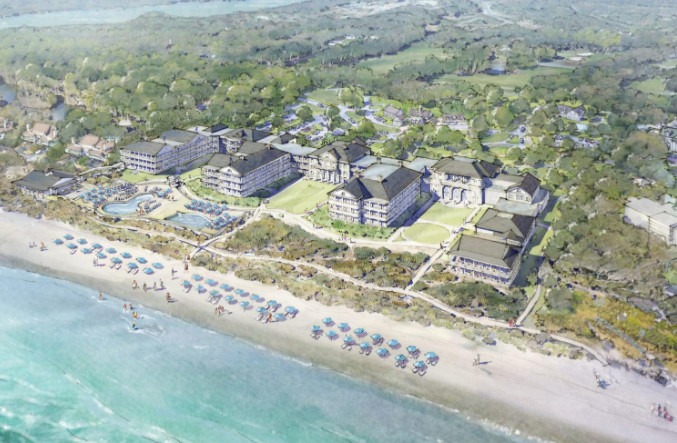
He also owns the Sea Pines Club on Hilton Head.
He is a former Rector of the University of Virginia and a certified billionaire.
His peculiar ability to purchase the right swamp land at the right time, 100% of the time, is why I call him Mr. Swampy.
We will continue to discuss Mr. Swampy tomorrow. .


